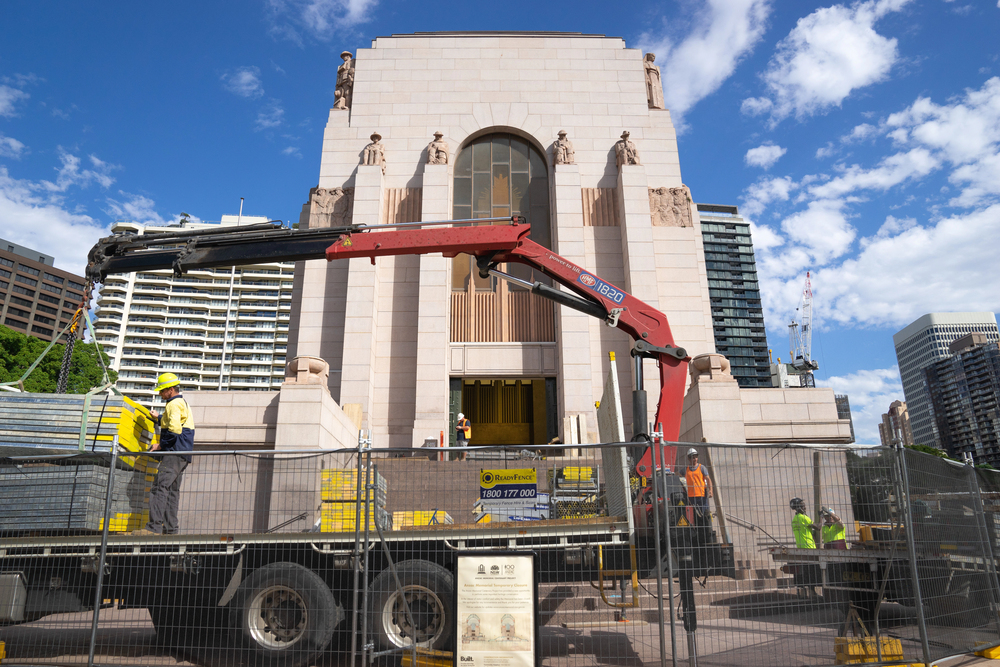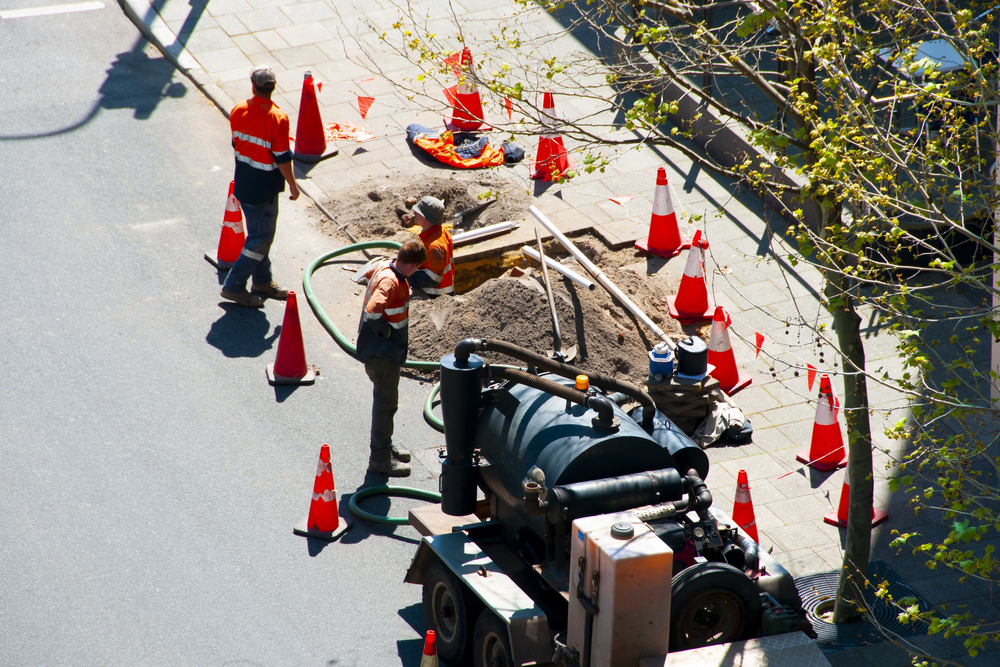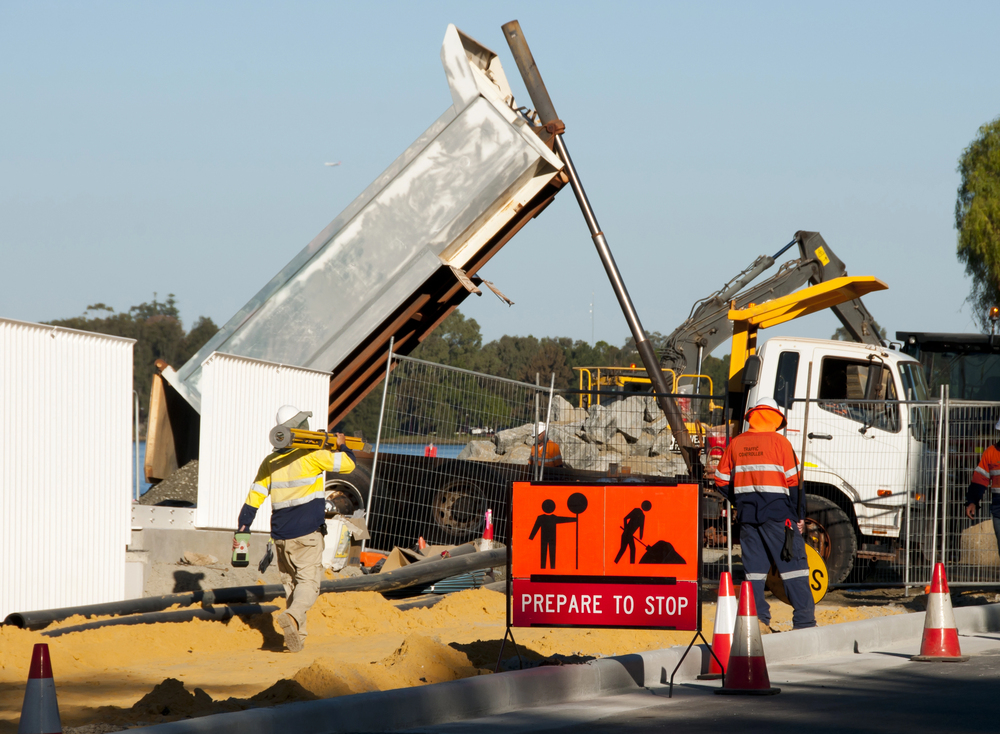Traditionally, safety processes on construction and industrial sites have relied heavily on reactive approaches – hazard identification, incident reports and manual inspections. While these are important processes, they often happen after an incident or event has occurred.
As compliance and safety pressures increase and IoT-enabled assets become more commonplace on work sites, the focus has shifted to proactive approaches to safety management.
In this article, we explore how connected assets and construction site safety software improve site safety in high-risk industries.
The role of connected assets in site safety
Connected assets for site safety – such as IoT-enabled machinery, vehicle cameras, wearables and sensors – are becoming critical components of contemporary high-risk workplaces. This tech means assets and staff can be tracked and managed in real-time, but the telemetry features extend beyond location.
This shift from standalone machinery to fully integrated, responsive systems is redefining safety practices across industries. “Connected assets and evolving tech mean we can combine historical data, telemetry data and operator credentials to give a much clearer picture of sites,” says Max Girault, Chief Commercial Officer at Inauro.
For example, IoT-enabled earth-moving equipment and cranes track asset conditions on construction sites. Wearables can track worker location, and individual fobs linked to worker credentials restrict or allow access to ensure only authorised personnel can operate specific machinery and be exposed to particular hazards relevant to the job and level of responsibility assigned to a role. These systems provide a layer of situational awareness that didn’t exist before in the construction sector.
In the utilities sector, connected sensors like those on power poles and substations monitor the condition of remote assets. This enables monitoring of potential structural risks or environmental threats before they become an issue.
Logistics operators can track assets and monitor their performance. Data on driver behaviour, location, and route conditions can be accessed in real-time, making enforcing safe driving practices and responding quickly to incidents easier.
Together, connected assets are not just tools for getting the job done; they also play a key role in creating a proactive safety net of compliance, visibility and control of daily operations.


Connected assets for site safety help close the gaps left by manual processes, reducing the risk of unreported near misses and overlooked hazards.
How safety falls through the cracks
Manual safety processes in industries like construction and manufacturing leave significant gaps in visibility and accountability. “Given the industries’ reliance on manual notifications and self-reporting, near misses are common but very rarely reported,” Max explains.
This under-reporting is often driven by time pressure and operational demands. “There’s a lot of money in play and very tight margins in construction, which can encourage shortcuts,” Max notes. However, this creates a working environment where protocols may be bypassed simply to keep up with demands.
The reality is that if a safety process becomes a burden (too manual, slow or disconnected from day-to-day operations), it’s unlikely to be followed consistently.
But this inconsistency is taking a heavy toll.
The true cost of outdated processes
Data from Safe Work Australia research reveals that from 2014 to 2024, there were more than 1,880 work-related traumatic injury fatalities in Australia. In that same period, 1.17 million workers made serious compensation claims involving at least a week off work. In 2023 alone, 200 workers died from traumatic workplace injuries.
Manual processes like incident reporting and paper checklists often lead to delayed hazard detection. These delays increase the likelihood of serious incidents and contribute to Australia’s $28.6 billion annual workplace injury cost.
The risks are all too common. Max shares examples that frequently go unnoticed: an excavator operating with someone standing in the swing zone or an unlicensed worker taking a scissor lift 20 metres into the air. Other frequent issues include missing PPE or bypassed safety protocols. Without real-time visibility, these behaviours continue unchecked.
And the implications aren’t just physical and financial; they’re also legal. “Every WorkSafe-type association we’ve spoken to says it becomes a legal issue if you don’t act,” Max explains.
Failing to act on safety data in high-risk environments isn’t just a missed opportunity; it’s a liability.
Practical applications of connected safety systems
Telemetry tech and connected assets are important ways to increase site safety. However, for the industry to adopt protocols and applications that enhance site safety, the tech must work seamlessly in the background without disrupting daily operations.
“Technology has real value when it supports compliance without adding friction,” Max explains. “If the control is built into how people already work, it’s not a burden; it just becomes part of the job.”
Here are some practical examples of how connected systems improve safety without interrupting workflows.
Wearables that trigger an alert if they detect a fall can notify supervisors instantly and pinpoint a worker’s location. This is crucial in remote or high-noise environments where a manual call for help might not be possible.
Connected telematics systems in site vehicles can flag when operators exceed site speed limits or leave designated zones. These speed and geofence alerts help enforce safety boundaries and reduce the risk of accidents in shared work areas.
IoT-connected gas sensors can continuously monitor air quality in confined areas, alerting teams immediately if oxygen levels drop or if hazardous gases are detected. This allows for rapid evacuation or ventilation before workers are exposed.
Wearables can track biometric data and posture to identify signs of fatigue or unsafe lifting behaviours. Alerts can prompt corrective action, helping to prevent injuries caused by overexertion or poor technique.
Additionally, computer vision systems can monitor hazardous zones around heavy machinery or high-risk equipment. By automatically detecting the presence of personnel within unsafe areas, these systems trigger immediate alerts to both operators and site managers, significantly reducing the risk of collisions or accidents on-site.
In dynamic worksites, IoT systems can track the live location of equipment and personnel. This not only improves operational coordination but also ensures no one is left behind in an emergency.
Connected devices allow for periodic check-ins and distress alerts, ensuring lone workers can signal for help, even in areas without reliable phone coverage.


Connecting assets for safety enables better coordination, reducing the risk of manual oversights in dynamic environments like roadside works.
Inauro’s role in safety-driven automation
“Many businesses have the data to help them make their sites safer, but they don’t have the connected systems, and that’s a major roadblock,” says Max, adding that this is where Inauro comes in.
Our AI-powered platform, Perspio™, seamlessly connects multiple safety data sources for a complete picture of your operations. By connecting third-party systems, we help you close the safety data loop, enabling your systems to detect safety issues, alert relevant team members who can act, and report and resolve the issue before it’s too late.
“We help you connect fragmented data sets, linking systems in real-time, which is especially important for high-risk industries with tight margins.”
When powered by Perspio™, connected safety assets unlock improvements across the board – optimising hire decisions, enabling predictive automation and supporting machine-to-machine communication.
Get connected for improved safety today
Connecting assets for safety doesn’t have to be a burden. We help businesses connect and make sense of fragmented operational systems and data into live, actionable workflows. Start with safety, and then scale across your entire ecosystem to improve all levels of operations. Get in touch to find out more.

